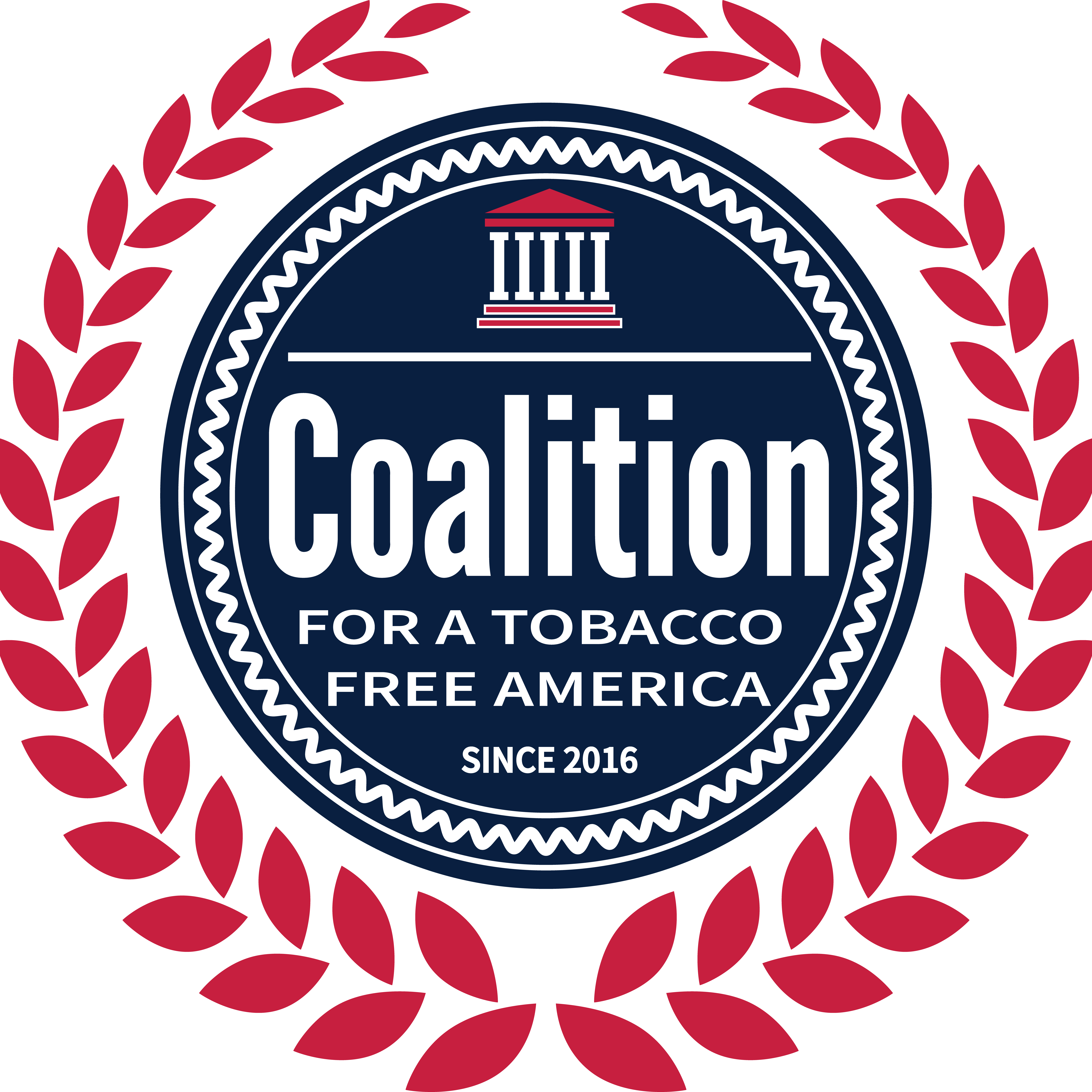
Below are some common myths regarding vaping. These myths are commonplace in our media and legislative bodies. Currently, there are several proposed and enacted regulations in place due to half-truths and misconceptions.
Table of Contents
- I have to do this alone.
- If I quit smoking, I know I’ll gain weight.
- There’s only one right way to quit smoking
- Nicotine Replacement Therapy (NRT) does not work.
- The nicotine in cigarettes is the same as the nicotine found in Nicotine Replacement Therapy (NRT) products, so I’m just trading one addiction for another.
- If I use NRT, I will experience no withdrawal symptoms or cravings from quitting smoking.
- NRT causes disease.
- If I use one NRT product, I cannot use others.
- NRT is too expensive.
- Vaping is more dangerous than smoking
- If I can’t quit the first time I try, I’ll never be able to quit.
- Only healthy people can use NRT.
- Vaping causes Popcorn Lung
- My smoking won’t influence whether my kids smoke.
- Vaping will not help you stop smoking
- I only smoke light cigarettes, so they’re less damaging to my health.
- Vaping is more addictive than smoking
Myth: I have to do this alone.
You are not alone. Help is available. You can call the toll free QuitLine at 1-800-Quit-Now or visit the CDC website to download apps and other resources that can help.
Myth: Nicotine Replacement Therapy (NRT) does not work.
NRT does work.
NRT can double a smoker’s chances of quitting smoking. The likelihood of staying quit for more than six months is increased when a smoker uses NRT according to the directions. Source: American Cancer Society
Myth: If I quit smoking, I know I’ll gain weight.
While some smokers who quit may gain weight, not everyone does. You can control your weight by choosing healthy, low-calorie snacks to counter cigarette cravings (carrot sticks, celery stalks, grapes, hard candies or chewing gum), and increase your physical activity as your body adjusts to becoming nicotine free. Exercise has the bonus of being a great stress buster too!
Myth: There’s only one right way to quit smoking
Just like different diets work for different people, there is more than one way to quit smoking. Nicotine replacement therapy, Chantix (blocks nicotine receptors in the brain), Zyban (a low dose of the antidepressant bupropion), individual or group counseling, online or telephone support can make it two to three times more likely that you’ll be successful in quitting.
Myth: The nicotine in cigarettes is the same as the nicotine found in Nicotine Replacement Therapy (NRT) products, so I’m just trading one addiction for another.
No, the products are different and the likelihood of long-term addiction to NRT is very low. The nicotine found in NRT is regulated by the Federal Drug Administration (FDA). The amount of nicotine in NRT is less than in cigarettes and it is delivered more slowly. NRT products have a much lower risk of addiction than cigarettes. Source: American Cancer Society
Myth: If I use NRT, I will experience no withdrawal symptoms or cravings from quitting smoking.
NRT does reduce withdrawal symptoms associated with cigarette smoking. However, it may not completely eliminate them. The symptoms most helped by NRT include: irritability, frustration, anger, craving, hunger, anxiety, difficulty concentrating, restlessness, and insomnia. NRT achieves the best results when combined with a personal quit plan. Source: American Cancer Society
Myth: NRT causes disease.
The effect of NRT on the body is not fully known, but NRT products are safer than cigarettes. The negative health effects of cigarettes are proven. Of the 4,000 chemicals found in tobacco smoke, over 60 are known to cause cancer. By using NRT to quit smoking you reduce your exposure to many chemicals found in tobacco smoke. Source: American Cancer Society
Myth: If I use one NRT product, I cannot use others.
No, NRT products can be used alone or in combination. Talk to your doctor before doing so. Source: American Cancer Society
Myth: NRT is too expensive.
Over time the cost of NRT is less expensive than the cost of cigarettes. NRT is generally used for a limited time, whereas cigarettes are typically consumed many years.6 Compare the price of the NRT products to the average price of $3.51 for a package of 20 cigarettes in South Carolina (lowest in the United States) and the $5.96 for a package of 20 cigarettes in Alaska. NRT Product Average Daily Cost Nicotine Nasal Spray $3.40 Nicotine Patches $3.91 Nicotine Lozenges $4.98 Nicotine Gum $5.81 Nicotine Inhaler $6.07 Source: American Cancer Society
Myth: Vaping is more dangerous than smoking”
While we do not advocate for smoking in any way shape or form, we do recognize the potential of the vaporizer better known as the “e-Cigarette.” These products are not intended for youth use, but adult smokers have successfully stopped using combustible products entirely as a result of using these products.
These products are intended to provide a safer alternative to traditional combustible tobacco. There has been a multitude of studies performed over the past decade that indicate vaping is 95% less harmful than conventional smoking. However, these products have only been on the market for a little over a decade; there is no long-term data that can be accessed.
According to Public Health England:
- There is an inaccurate perception that e-cigarettes as at least as harmful as cigarettes.
- E-cigarettes pose no risk of nicotine poisoning to users, but e-liquids should be in ‘childproof’ packaging
- Although vaping is not 100% safe, most of the chemicals causing smoking-related disease are absent and the chemicals present pose limited danger.
- The current best estimate is that e-cigarette use is around 95% less harmful to health than smoking
- E-cigarettes release negligible levels of nicotine into ambient air with no identified health risks to bystanders
Another study by the Royal Academy of Physicians indicated a 95% harm reduction. As a result of this study, the UK has been promoting smokers to switch. According to the NHS.UK website, “An electronic cigarette (e-cigarette) is a device that allows you to inhale nicotine without most of the harmful effects of smoking. ” While there are currently no prescription vapor devices currently on the market in the UK, NHS has vowed, ”
Once medicinally licensed e-cigarette products come onto the market, GPs and stop smoking services will be able to prescribe them alongside other stop smoking medicines. ”
While we do not advocate anyone who is not a smoker to start “Vaping” as it is referred to by many.we cannot in good conscience discount the ability to help smokers quit. By using a pathway of nicotine reduction, a smoker can reduce his/her nicotine intake to zero. In addition, a smoker can reduce, and eliminate his/her addiction to nicotine without the side effects of cold turkey abstinence or use of medications.
If I can’t quit the first time I try, I’ll never be able to quit.
Remember, quitting is hard. Don’t be discouraged – many people will quit 5-7 times before being able to quit for good. You can do it … beginning in 2002, the number of former smokers has exceeded the number of current smokers!
Myth: Only healthy people can use NRT.
Under the direction of your doctor, most people can use NRT. Generally, NRT can be safely used by people with diabetes or high blood pressure and does not increase the risk of heart attacks. Talk to your doctor to determine if NRT is the right choice for your quit plan.
Myth: Vaping causes popcorn lung
This is one of the craziest of Myths. Popcorn Lung is the nickname for bronchiolitis obliterans. That’s a condition that damages your lungs’ smallest airways and makes you cough and feel short of breath. One of the known causes of this disease is a chemical called “Diacetyl. Diacetyl is a chemical that has been used to give butter-like and other flavors to food products, including popcorn.
Concerns about Diacetyl were first discussed in 2014 when
Konstantinos E. Farsalinos, MD Kurt A. Kistler, PhDGene Gillman,
The abstract is as follows, ” The purpose of this study was to evaluate sweet-flavored electronic cigarette (EC) liquids for the presence of diacetyl (DA) and acetyl propionyl (AP), which are chemicals approved for food use but are associated with respiratory disease when inhaled. “
They concluded that diacetyl and acetyl propionyl were found in a significant number of e-liquids tested. These components were deemed an “Avoidable risk” by the researchers. There were a lot of discussions within the industry after this study to talk about whether or not this chemical should be included in
Today, there are several companies on the market that offer diacetyl-free liquids.
When the news stories broke about the Popcorn factory workers being exposed to diacetyl and developing lung disease, it is important to note that these workers were exposed to high levels of the chemical for their job. According to one study, the fact is Average Diacetyl Exposure from Vaping is 750 Times Lower than from Smoking,
Yet in all the decades of medical reporting of the disastrous effects of
Myth: My smoking won’t influence whether my kids smoke.
Though it’s not always obvious, kids eventually take on the values and behaviors similar to their parents. Not only are children whose parents smoke more likely to smoke too, adolescents in households with at least one smoking parent are least likely to quit. On the “plus” side, young people are more likely to quit smoking if their parents quit smoking as well.
Myth: Vaping will not help you stop smoking
According to NHS.
Despite limited long term studies, the Center On Addiction in New York states, ” Most researchers and public health professionals agree that e-cigarettes and other vaping devices are less harmful than smoked
A recent study by the University of East Anglia shows that smokers may be better able to stay smoke-free in the long term if they switch to vaping .
Lead researcher Dr Caitlin Notley from UEA’s Norwich Medical School said: “E-cigarettes are at least 95 per cent less harmful than tobacco smoking, and they are now the most popular aid to quitting smoking in the UK.
There are numerous anecdotes from people all across the world who have quit smoking through the use of vaporizers. Please take a moment to read these personal stories about vapor products.
American Vapor Association
Consumer Advocates for Smoke Free Alternatives Association (CASAA)
Myth: I only smoke light cigarettes, so they’re less damaging to my health.
There is no such thing as a safe cigarette. Many smokers chose so-called low-tar, mild, light, or ultralight cigarettes because they thought these cigarettes would expose them to less tar and would be less harmful to their health than regular or full-flavor cigarettes. However, light cigarettes are no safer than regular cigarettes. Tar exposure from a light cigarette can be just as high as that from a regular cigarette if the smoker takes long, deep, or frequent puffs. The bottom line is that light cigarettes do not reduce the health risks of smoking.
In addition, people who switch to light cigarettes from regular cigarettes are likely to inhale the same amount of hazardous chemicals. Many smokers change their smoking patterns (smoke more of the cigarette, inhale more deeply or keep the smoke in their lungs longer) to compensate for the reduction of nicotine. Source: Cancer.gov
Myth: Vaping is more addictive than smoking
To combat this myth, one must first understand what makes people addicted to smoking. The answer is that most smokers smoke because of an addiction to nicotine. According to the National Institute on Drug Abuse, “Addiction is characterized by compulsive drug-seeking and use, even in the face of negative health consequences.”
The NIH Continues to state that nicotine may not be the only thing in traditional cigarettes that aid in addiction:
Animal research has also shown that acetaldehyde, another chemical in tobacco smoke created by the burning of sugars added as sweeteners, dramatically increases the reinforcing properties of nicotine and may also contribute to tobacco addiction.
In the US, there are approximately 38 million adult smokers. According to the CDC, ” Overall, cigarette smoking among U.S. adults (aged ≥18 years) declined from 20.9 percent in 2005 to 15.5 percent in 2016. The good news is that these data are consistent with the declines in adult cigarette smoking that we’ve seen for several decades,” said Corinne Graffunder, Dr.P.H, director of the CDC’s Office on Smoking and Health. “These findings also show that more people are quitting, and those who continue to smoke are smoking less.”
These figures are good news, but the reality is, quitting smoking is one of the hardest things to do. Only 4-7% of smokers can quit cold turkey, and most try to quit smoking between 6 to 11 times before they are successful. Nictone withdrawal can cause irritability, depression, anxiety, and difficulty concentrating. These symptoms can cause the individual to return to smoking.
With traditional smoking, there is only one option. You either smoke, or you don’t. The amount of nicotine in an average cigarette is about 12mg. Since all cigarettes are not uniform, this range can be anywhere from 8mg – 20mg. Vaping offers a unique way to wean yourself off of nicotine. Much like “step down nicotine” patches, e-liquid comes in varied strengths. Most e-liquid comes in strengths of 0, 3, 6, 12 mg, and sometimes 18 mg or 24 mg. These varied nicotine strengths allow the user to adjust his/her nicotine level gradually until it is zero.
According to NBC news a new study published in the New England Journal of Medicine provides the strongest evidence yet that vaping can help smokers quit cigarettes, with e-cigarettes proving nearly twice as effective as nicotine gums and patches.


